Originally posted by GChilders
View Post

The RPMs jumped over a 1000rmps in BOTH vid's and the amps meter doesn't fluctuate a lot !?
.08 - .09 readings... That is major, incredible, fantastic and out of this world! Prove it without a shadow of a doubt!

Furthermore, you did the quad blink program and no one could get it to work. When they asked for your help, you disappeared! All your work is suspect to me so far. NG!.. If you smell smoke there's usually a fire!
Midaz
Grown men believe in UFOs. Small children believe in flying unicorns.



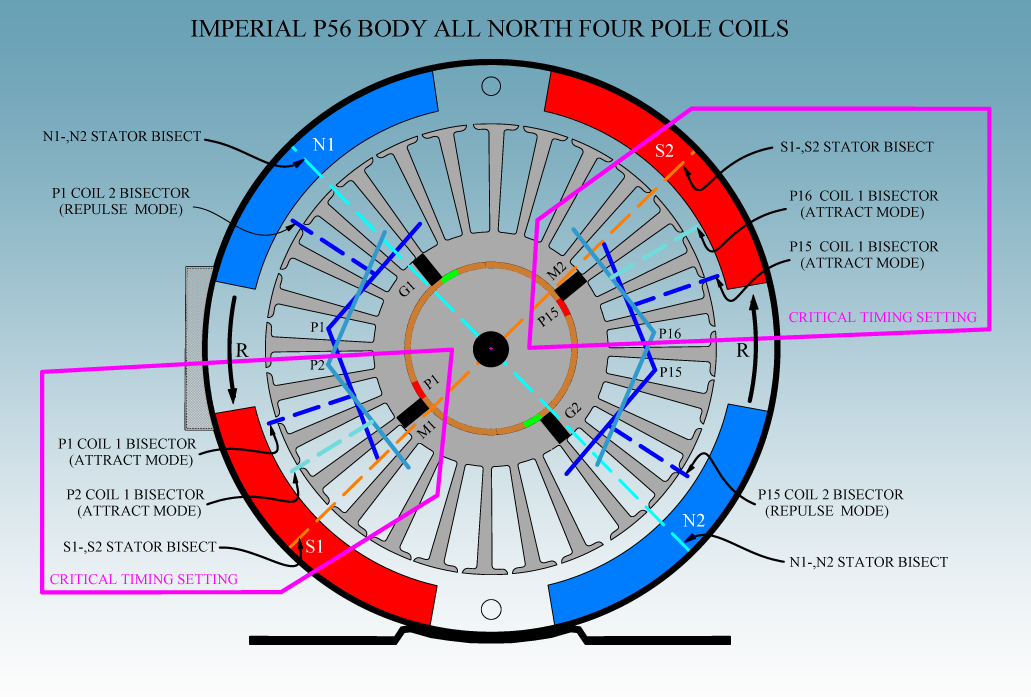
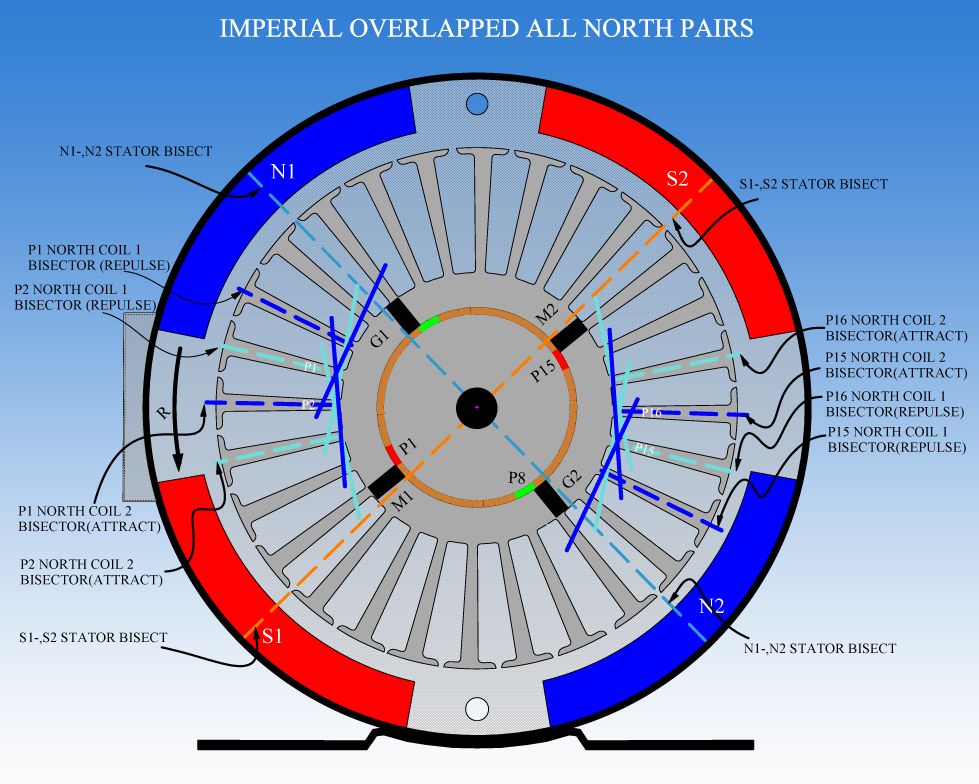
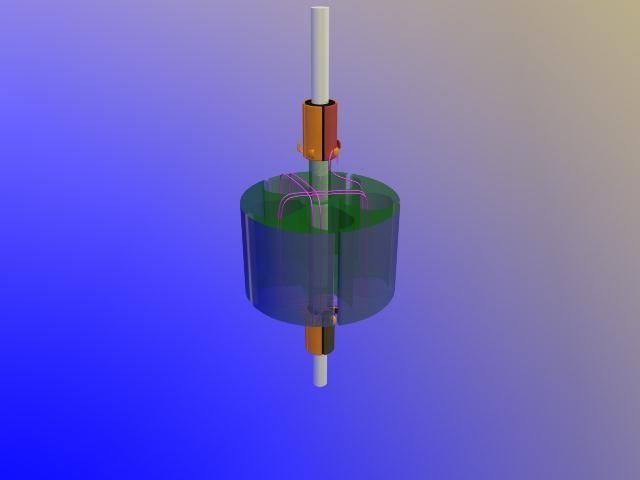


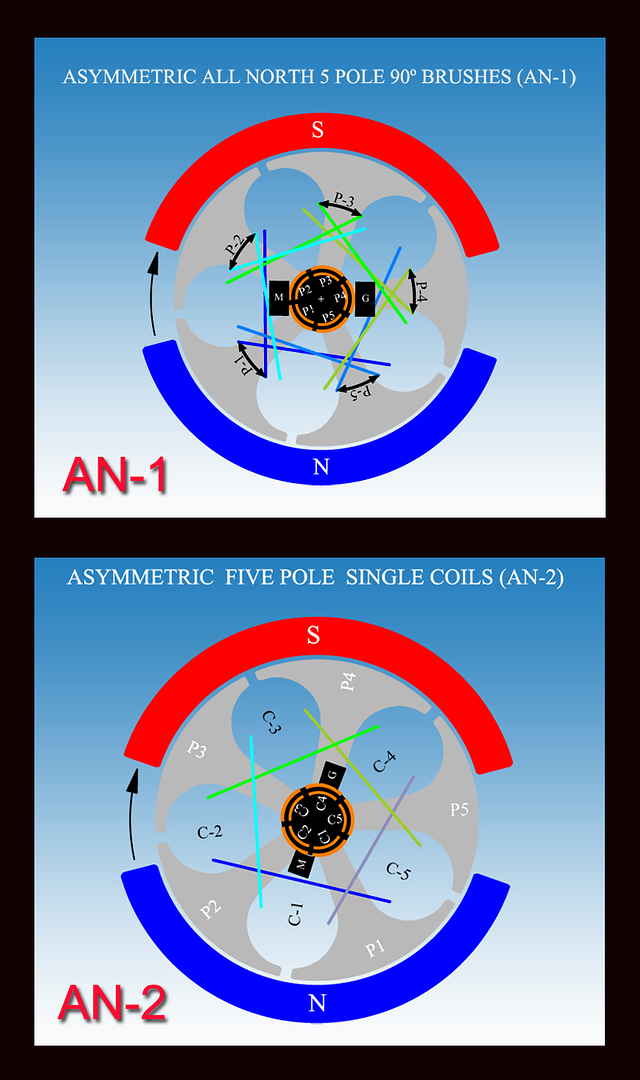
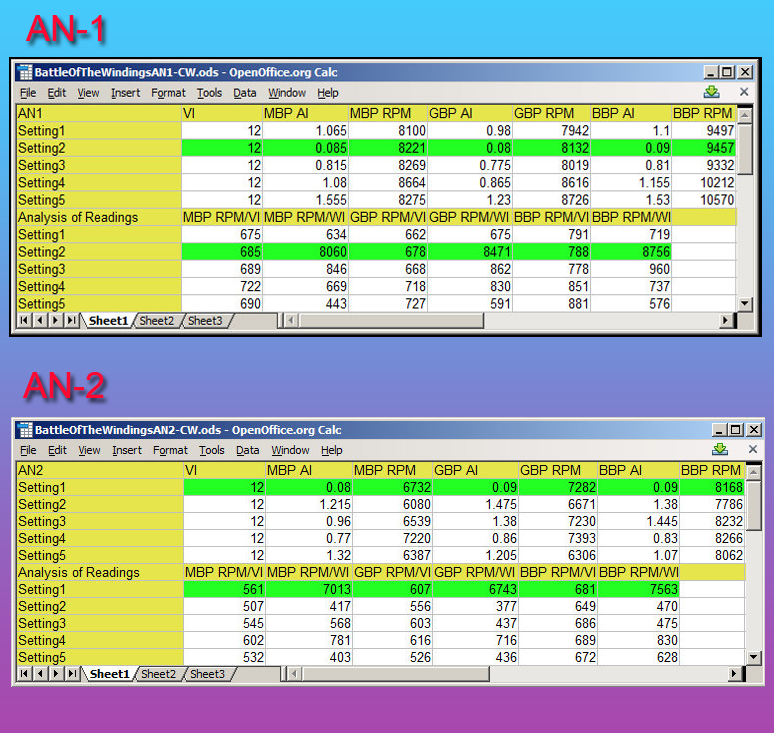

Leave a comment: